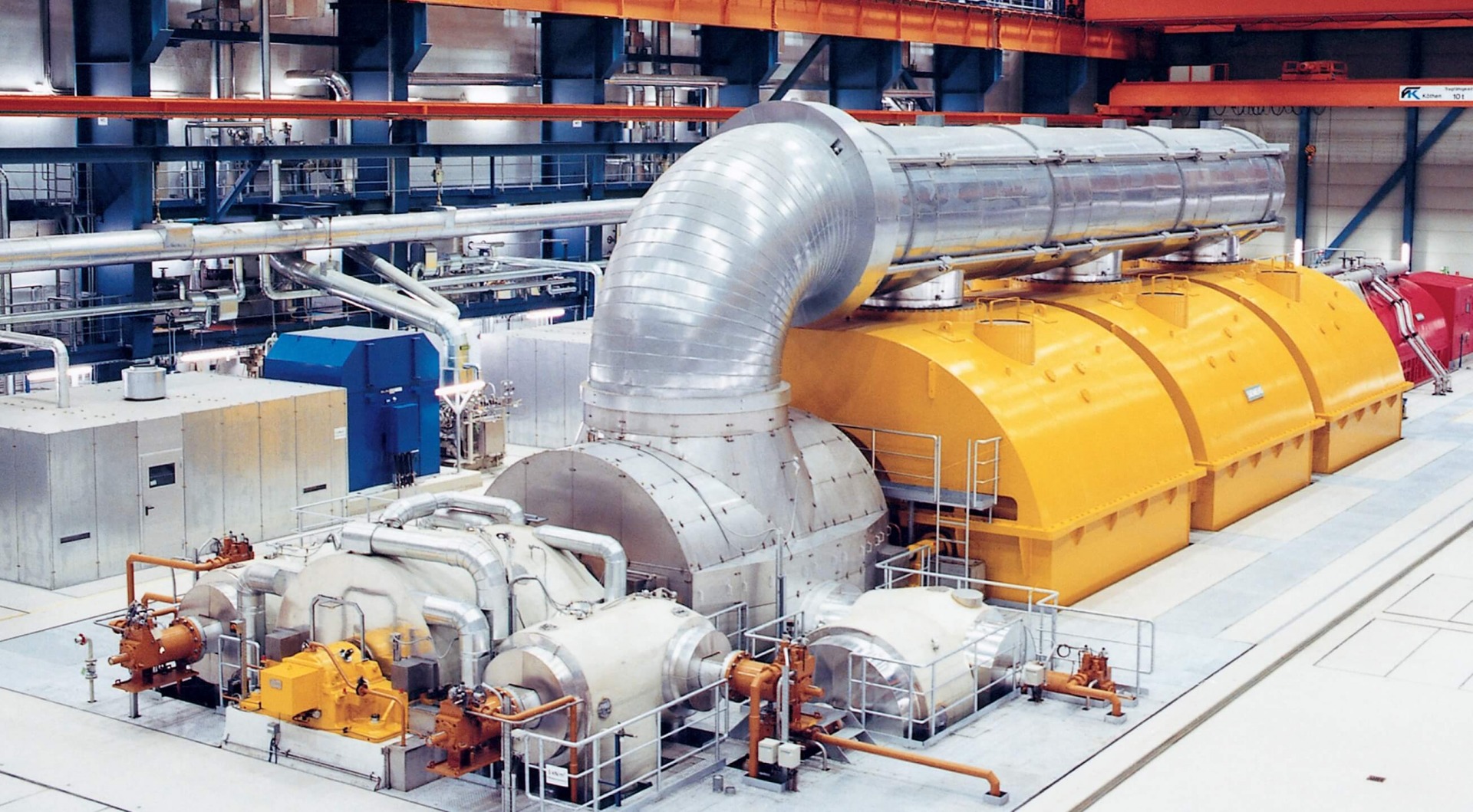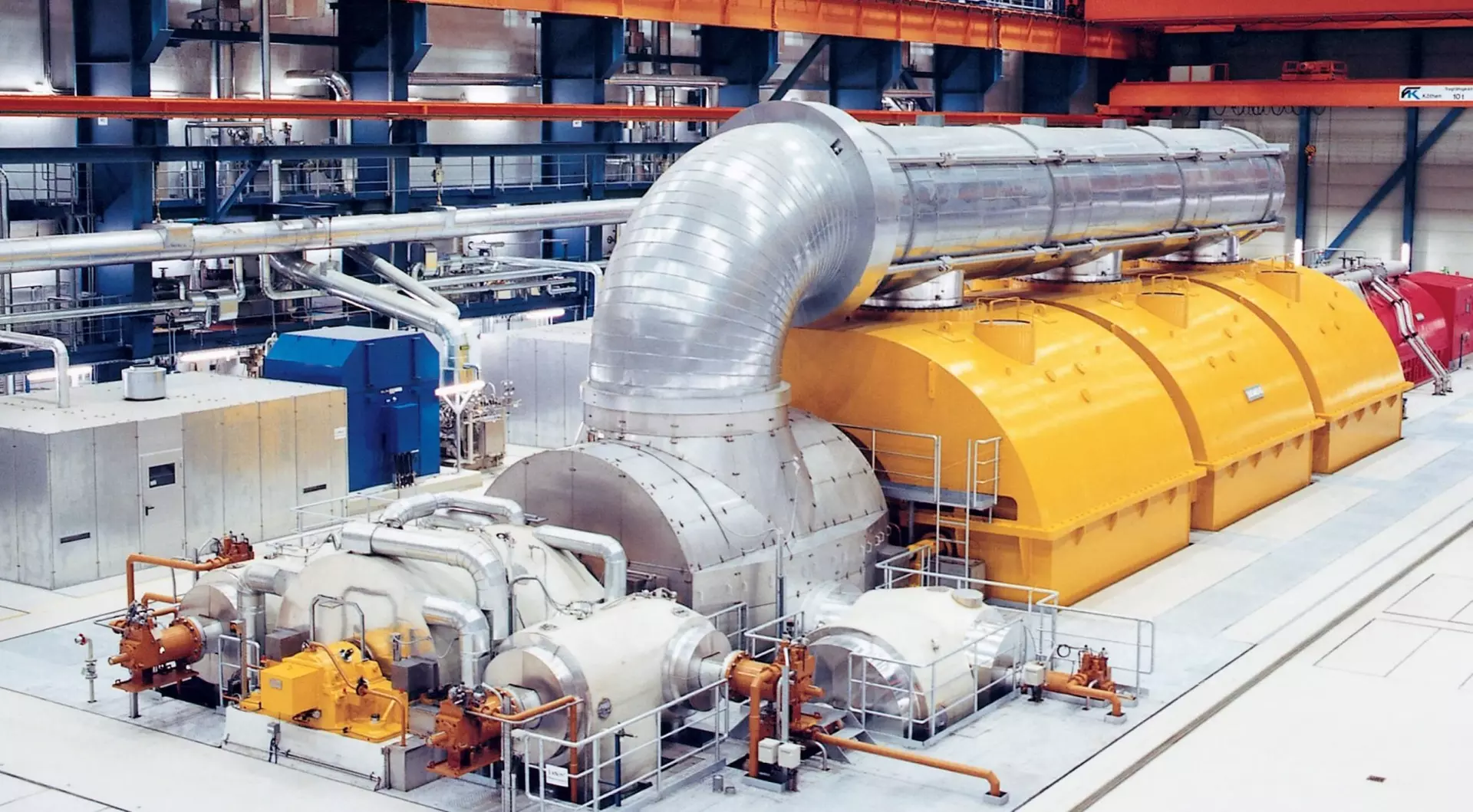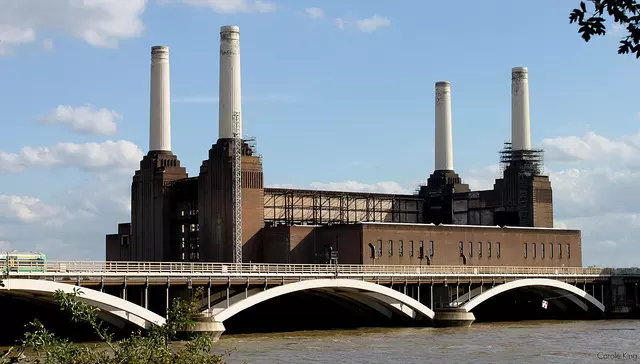Comments
- No comments found

The first thing most people do when they wake up in the morning — after they shut off their alarm — is turn on the lights.
The cell phone on the bedside table is fully charged, the climate is controlled by the home’s HVAC system and the water is ready for a hot shower. In much of the country, most or all of these tasks are reliant on having readily available electricity.
The average person uses so much electricity on a daily basis that it’s easy to take for granted where it comes from and what it takes to create it. They know, on an elementary level, that the power in their homes and businesses comes from the grid, and from the plants that create it, but how do those power plants create the electricity that keeps the world running?

Depending on the plant’s location, there is any number of different ways that it could generate electricity, including but not limited to:
Let’s take a closer look at the different forms of electricity generation and see how each one creates the power that keeps the world turning.
Burning coal — and other fossil fuels to a more limited degree — is one of the most common forms of energy generation. There are around 10,000 coal plants located around the globe, with some either in the retirement or planning stages. Spread out across 99 countries, these plants can generate more than 3,000 gigawatts (GW) of electricity.
Coal power plants rely on heat to generate electricity. Burning the coal heats a giant boiler full of water. As the water turns to steam, it is pressurized and flows through a turbine which is attached to a generator. The spinning of this turbine is what generates the electricity that can then be added to the local grid. The steam cools, condensing back into water and flowing back into the boiler to create a circular process.
Burning massive amounts of coal to generate electricity has a negative impact on the environment and is contributing to climate change, which has led many countries — including the UK — to work toward phasing out coal power entirely by 2024.
Nuclear energy was touted as a clean alternative to burning coal and other fossil fuels, but it has its own downsides. The radioactive waste that these plants produce takes thousands of years to decay and, as Chernobyl and Fukushima have proved, the risk of a meltdown — however slight — is always there. Currently, around 21% of the UK’s power comes from 15 nuclear reactors located around the country.
Nuclear plants are similar to coal-fired plants in that they both rely on heat, steam and turbines. The difference lies in where the heat comes from. In nuclear plants, uranium atoms are bombarded with neutrons, which causes a process that caused fission. The subatomic particles — neutrons and protons — that make up the atom split apart, releasing massive amounts of energy. That energy heats the water to around 520 degrees F, effectively flash-boiling it. From there, it moves through turbines, generating electricity similar to the coal plant.
Hydroelectric power generation might sound like the latest green energy fad, but humans have been using flowing water for power for centuries since the invention of the first windmills for grinding flour. Currently, the UK generates around 4,700 megawatts (MW) of electricity with hydropower.
Unsurprisingly, it’s back to turbines and generators here when it comes to generating electricity, but instead of relying on heat, these plants use naturally flowing water to spin the turbines. This is a lot cleaner than coal or nuclear energy generation but can be difficult to maintain during drought seasons.
Standing outside with a kite or a pinwheel as a kid is a fun nostalgic memory, but what if that sort of spin could be captured to generate electricity. Wind turbines rely on air movement to generate electricity with — you guessed it — turbines. The spinning blades are connected to a generator that creates the electricity that gets fed into the grid. Monitoring the shaft speed enables engineers to carefully control the RPMs and allows the turbines to generate electricity without shaking themselves apart.
As of November 2021, the UK has 11,018 wind turbines capable of generating 24.3 GW of electricity, with 13.9 GW of that being from onshore wind farms and 10.4 GW coming from offshore setups.
Solar power is the most commonly mentioned renewable energy source, but beyond knowing that it gets its power from the sun, how do solar panels actually work? Photovoltaic solar panels — the most common type — use silicon installed between sheets of glass. When sunlight strikes the panels, it knocks loose some of the silicon electrons, which serves to create an electric current. There are also solar thermal panels that collect heat but don’t convert it to electricity. These are most commonly used for things like heating hot water or keeping homes warm.

There are a lot of similarities between these different types of energy generation, but each has its own merits and flaws. Coal releases CO2 and other toxins into the atmosphere when it burns, but solar only works when the sun is out and wind turbines can only generate electricity when the wind is blowing. How does your local power plant generate the electricity you use everyday?
Emily Newton is the Editor-in-Chief of Revolutionized. She is a science and technology journalist with over three years covering industry trends and research.
Leave your comments
Post comment as a guest